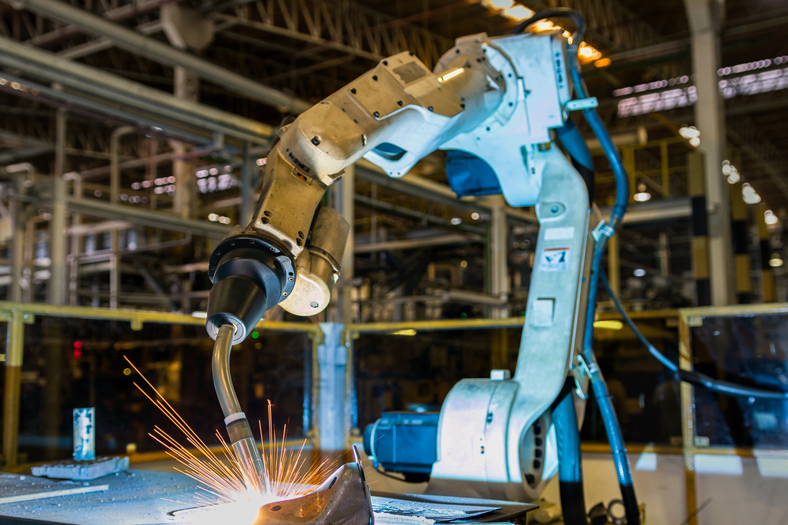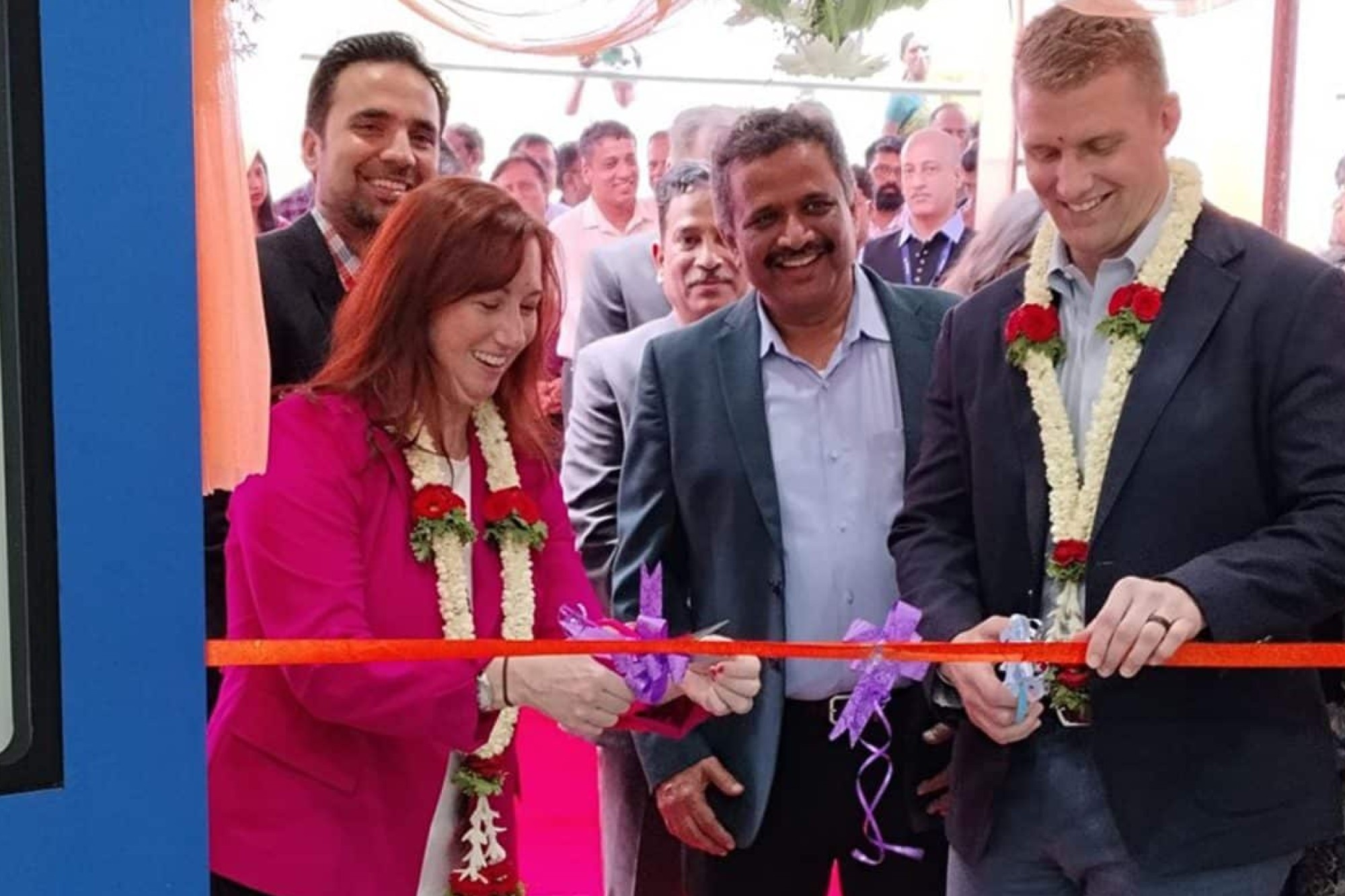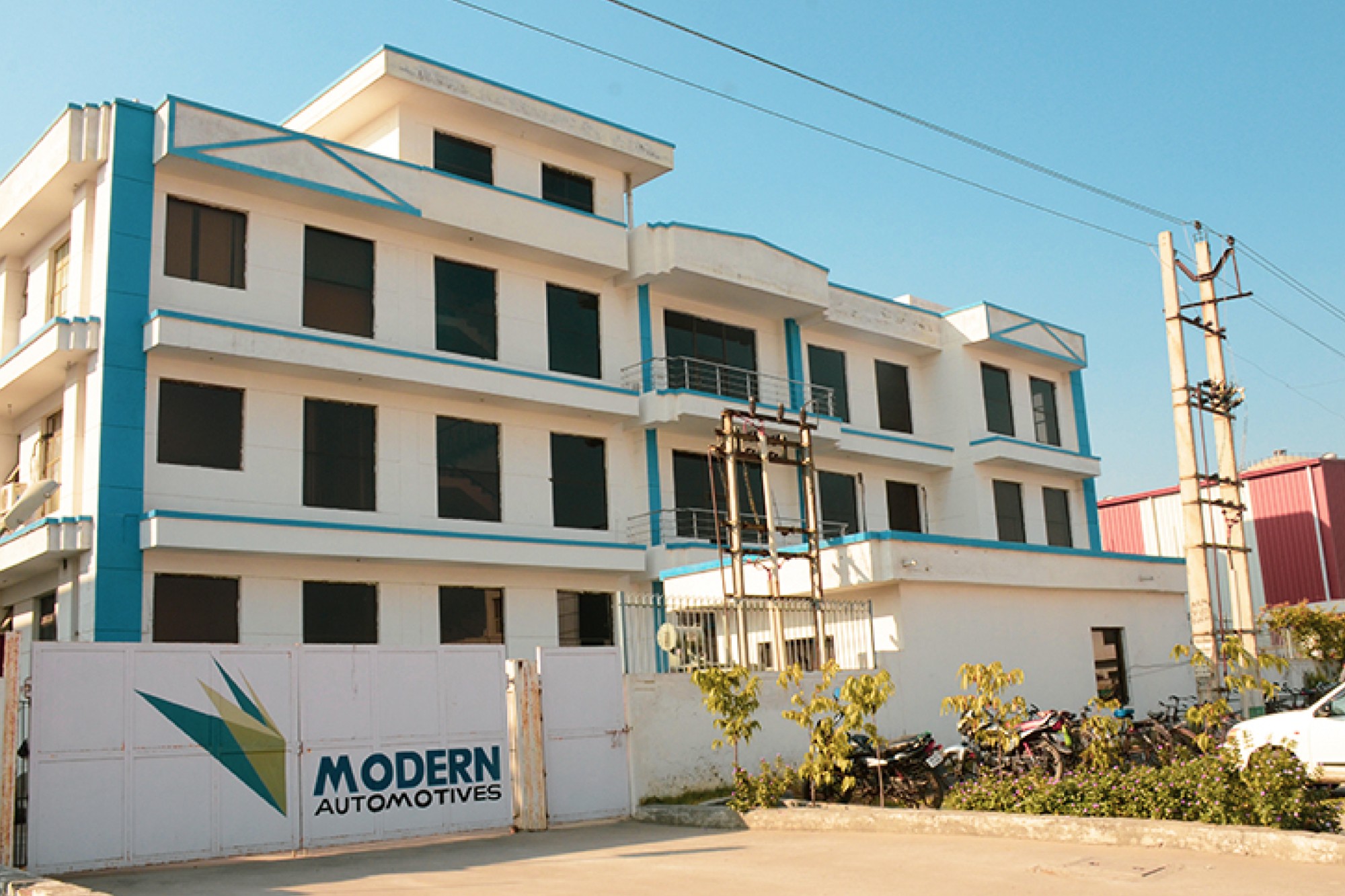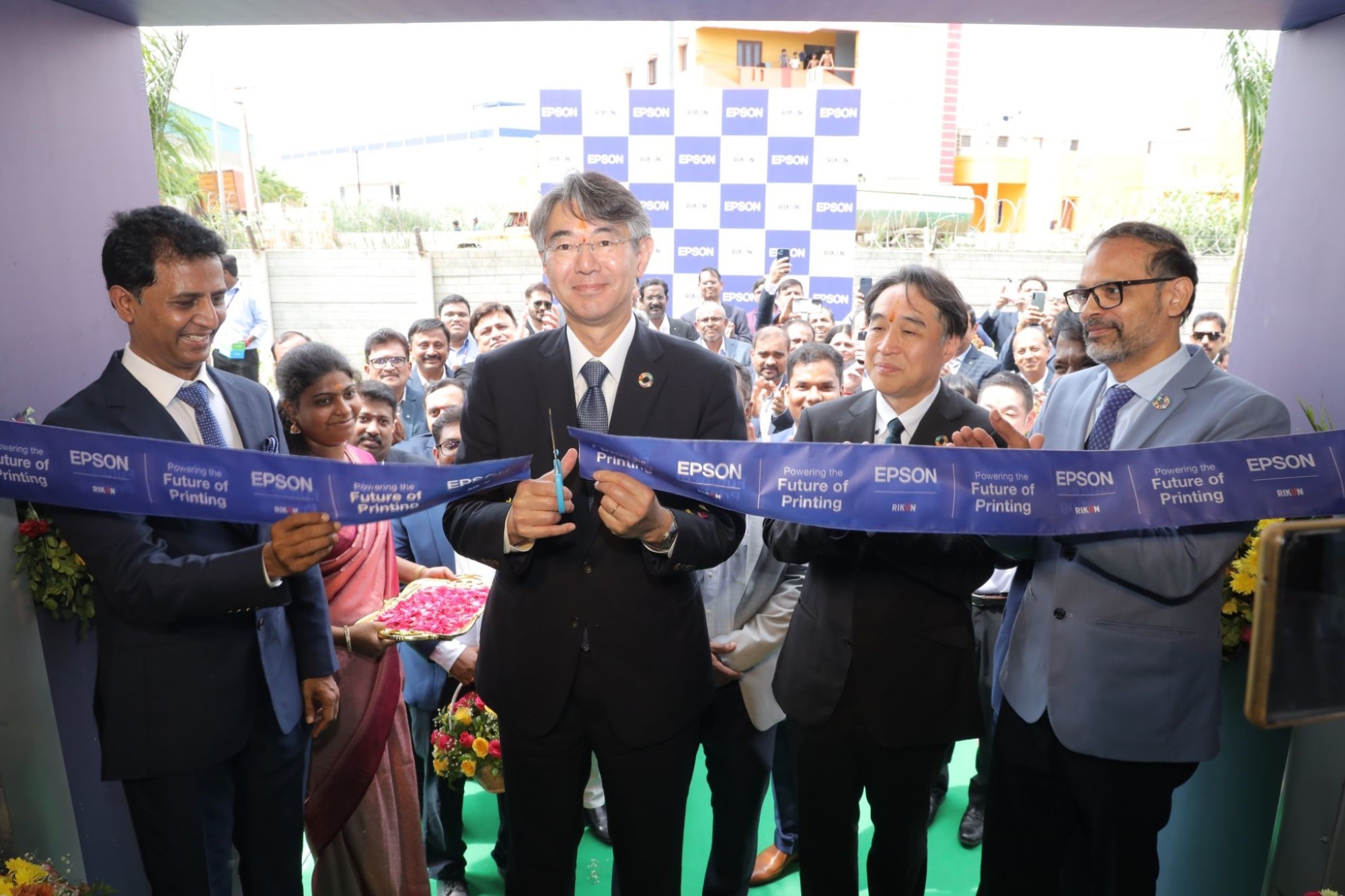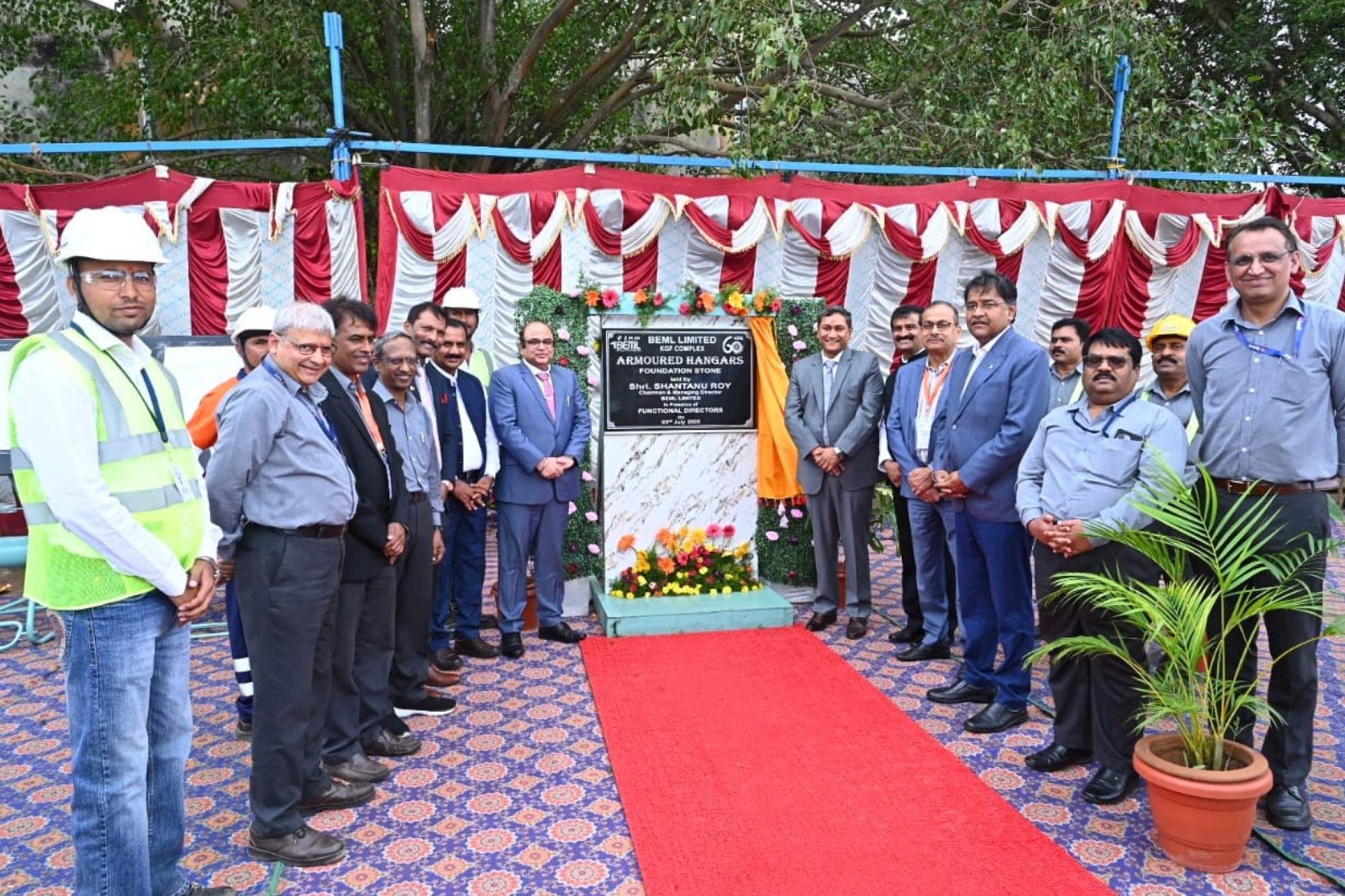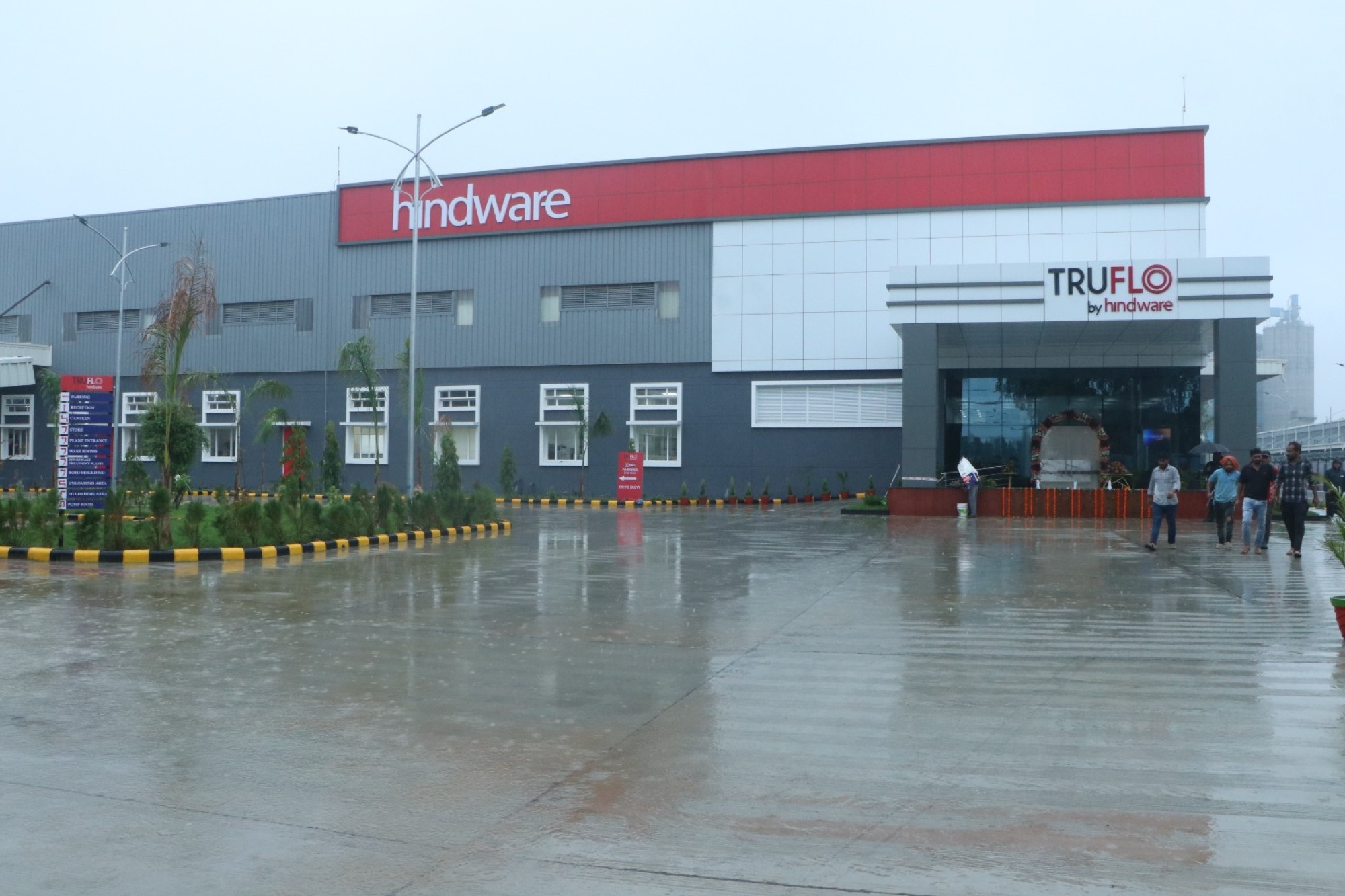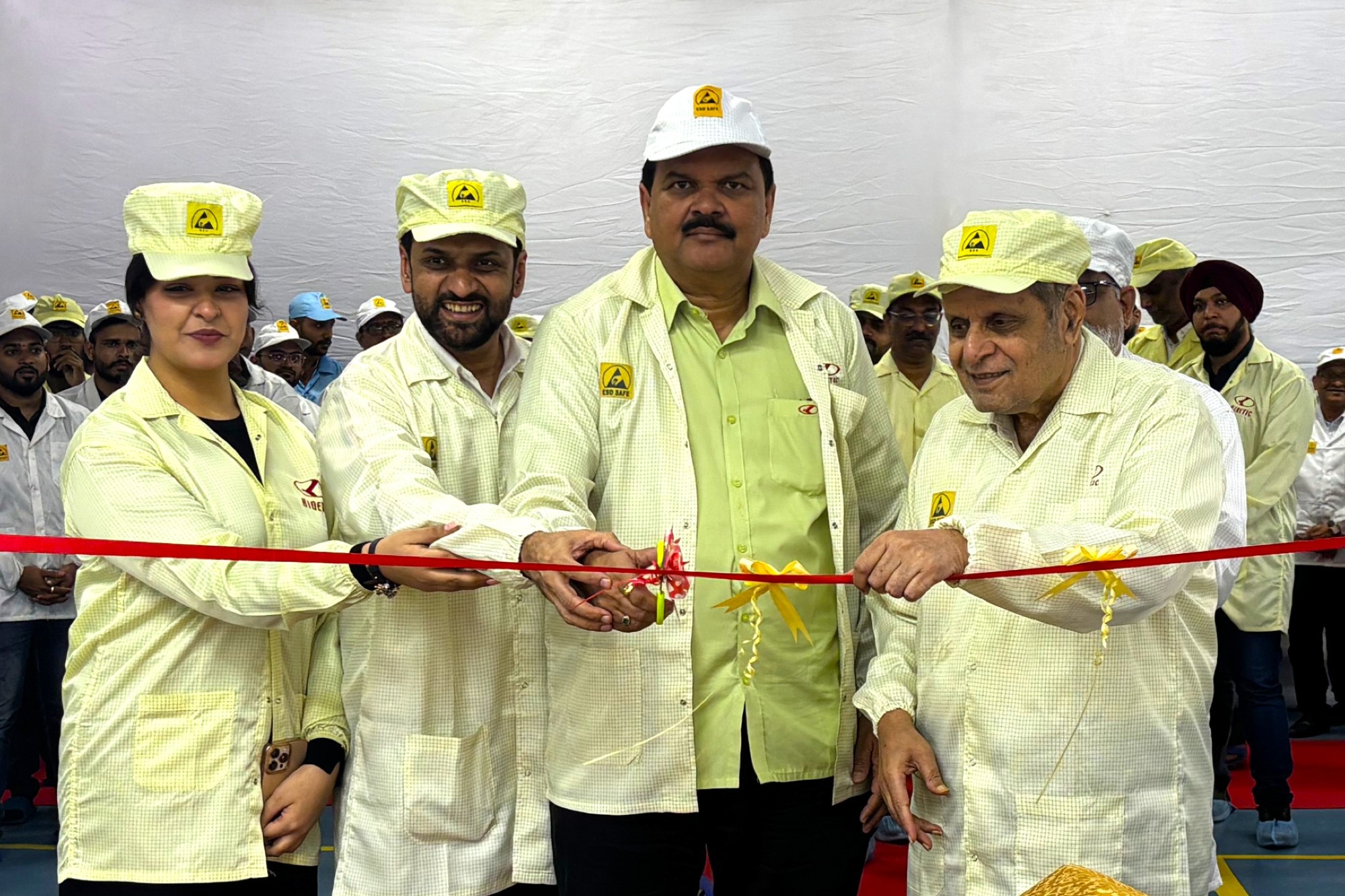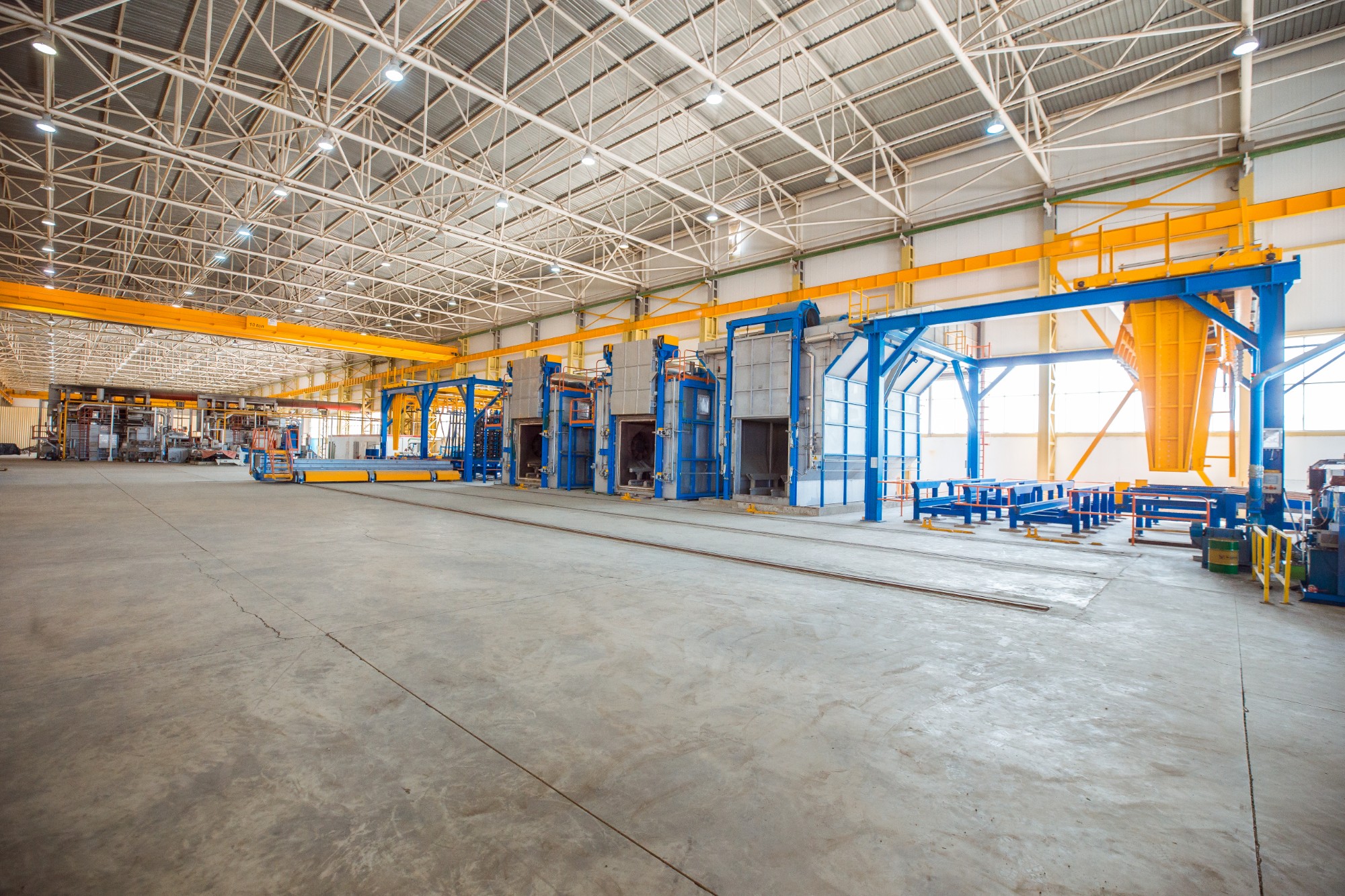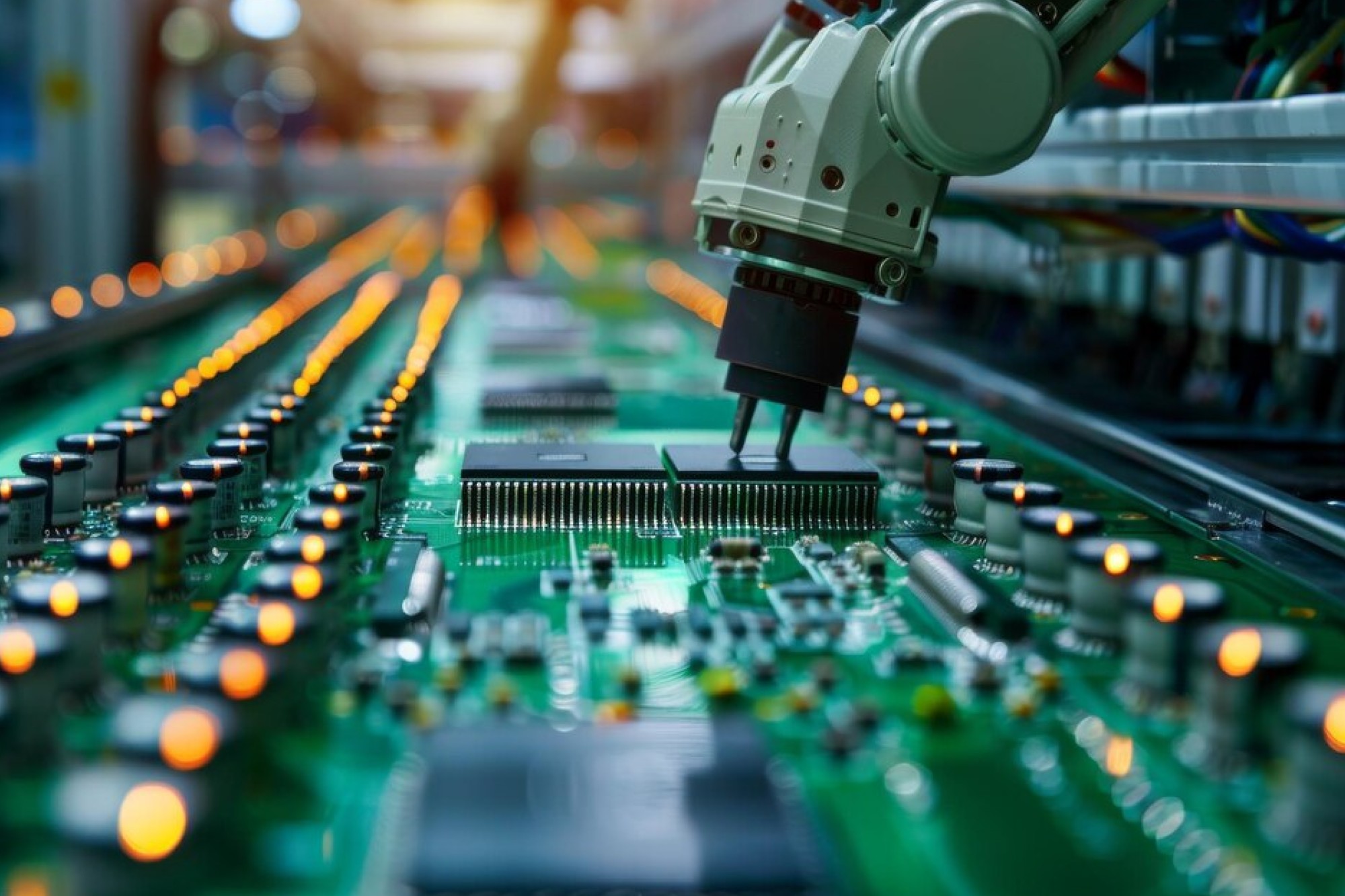Welding automation: Consistency of quality is larger
By OEM Update Editorial August 7, 2019 2:36 pm IST
An industry analysis onhow automation can yield in adding finishing to the products.
Reproducibility of welding is the most important for production lines for producing number of components for automotive industries like two-wheeler and four-wheeler etc. Robotic and special purpose machines (SPM) are mostly employed for such applications.
Adding finishing to the products
The digital power sources together with its intelligent control circuitry and sensing mechanism, coupled with high speed data communication, is having an impact on all industries that use welding technology, such as automotive, engineering, aerospace, railways or, shipbuilding. V.V. Kamath, Managing Director, Fronius India Pvt Ltd says, “The technology is significantly changing the quality requirements for the welded products. The adaptive process control and innovation in welding arc has enabled residual welding stresses and component distortion to be reduced.” Intuitive intelligent technologies has taken control over the whole welding process solution e.g., fusion penetration stabiliser, which even allows to produce high quality welding, by stabilising the process, even if, welders stick out distances vary due to position or, skill.
Quality of products is deeply associated with automation, as it adds accuracy and precision to manufactured products. Over many years, manufacturing industry is continuously adding automation in its processes and manufacturing operations ,with a focus on reducing human efforts in repetitive tasks or to improve safety conditions of workers or to improve product quality.
Ninad Deshpande, Head – Marketing, B&R Industrial Automation Pvt Ltd, says, “With accuracy and precision availed from automated processes, product finishing has improved drastically. If we compare the finishing quality of welded products over a larger batch, then we can observe that with automation, the consistency of quality is much larger over manual welded products.” With robots in welding application, not only has the product quality improved but also the shop floor space utilised, is smaller and working environment is safer.
By bringing the automation in the conventional welding methods, Ajay Gurjar – Deputy COO & Head of Business Operations, Yaskawa India (Robotic Division) says, “we are totally eliminating the human errors which are quite common in manual welding process. The advantages of automation, are the consistency in production and the options available in the automatic welding power sources for adjusting the minute parameters of welding process which can certainly give exceptional welding quality to the finished products. When an automated machine is programmed to perform a task over and over again, the accuracy and repeatability compared to a manual welding is far greater and better which in return reduces the production time. Investing in automated equipment creates a valuable resource for large production volumes, which increases profitability.”
Quality aspects of welding
An unsafe welding practise has been a threat to the welding quality from the beginning of welding technology invention. In today’s competitive world, to meet the production requirement of the market, individuals are using unauthorised process of welding, substandard quality of welding wires, impure shielding gases and electrodes to weld. But over a period of time these welding joints are getting damaged due to welding defects like porosity, blow holes, under cut, welding crack, lack of fusion and incomplete penetration which is eventually leading to the breakage of welding joints.
Other than this, Gurjar informs, “Damaged cables cause drops in voltage and ultimately reduces the heat into the weld, which contribute to inconsistent weld quality. The poor ground connections or cable conditions also leads to spatter in the weld impacting the quality of the welding arc and increasing time and money for clean-up. In addition to this, the improper machine setup also leads to poor welding performance.”
Another unsafe welding practise includes, the gas levels that are too high and can result in an unstable welding, more spatter, less precision and incomplete fusion. Conversely, if gas pressure is too low, it can lead to weld defects, because the weld pool isn’t adequately shielded. Moreover, choosing the least expensive consumables also result in premature wear, which leads to downtime for changeover and/or problems with the weld.
An integrated programmable automation system can monitor all process parameters and can control all the aspects of quality and finishing of the final product. Kamath says, “We are talking about quality requirements for a bogie frame of a railway coach which will carry lakhs of people on high speed metro, or, a nuclear submarine or, the propellant tank of a spacecraft. The cost of any mistake can be catastrophic. The root cause analysis report revealed that welding joint failure was the main reason for the collapse of the skywalk near Mumbai CST railway station which caused the loss of many innocent lives.”
Many such examples will establish the fact that welding quality has been taken for granted for most of the cases. Though industries are adopting new technologies which require updated skill set, education institutes are still following age old syllabus and curriculum with same old infrastructure. Hence, there is big gap between reality and requirement and this can lead to unsafe welding practices, which in turn affects the quality of welding.
Automation technologies in welding
With robotic and automated welding systems, the freedom experienced by manufacturing industry is enormousNinad Deshpande, Head – Marketing, B&R Industrial Automation Pvt Ltd
Intuitive intelligent technologies has taken control over the whole welding process solution
V.V. Kamath, Managing Director, Fronius India Private Limited
Investing in automated equipment creates a valuable resource for large production volumes, which increases profitability
Ajay Gurjar – Deputy COO & Head of Business Operations, Yaskawa India (Robotic Division)
Cookie Consent
We use cookies to personalize your experience. By continuing to visit this website you agree to our Terms & Conditions, Privacy Policy and Cookie Policy.




